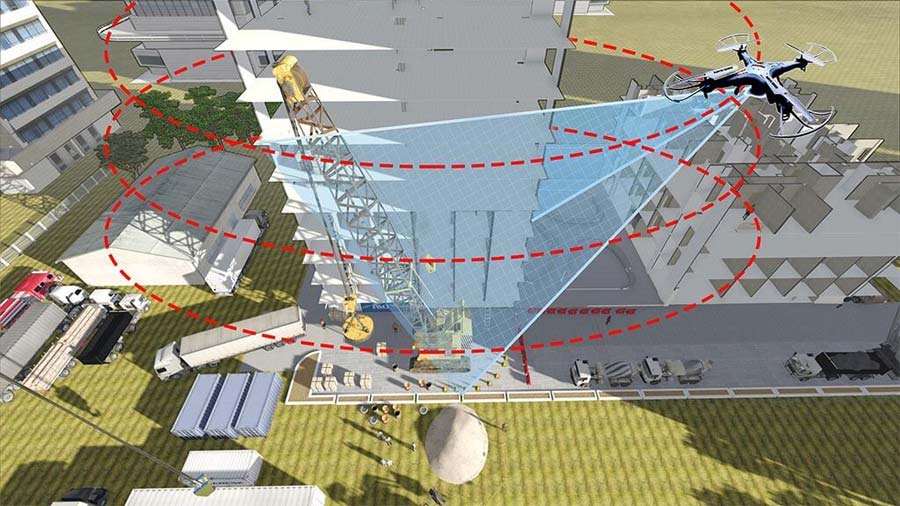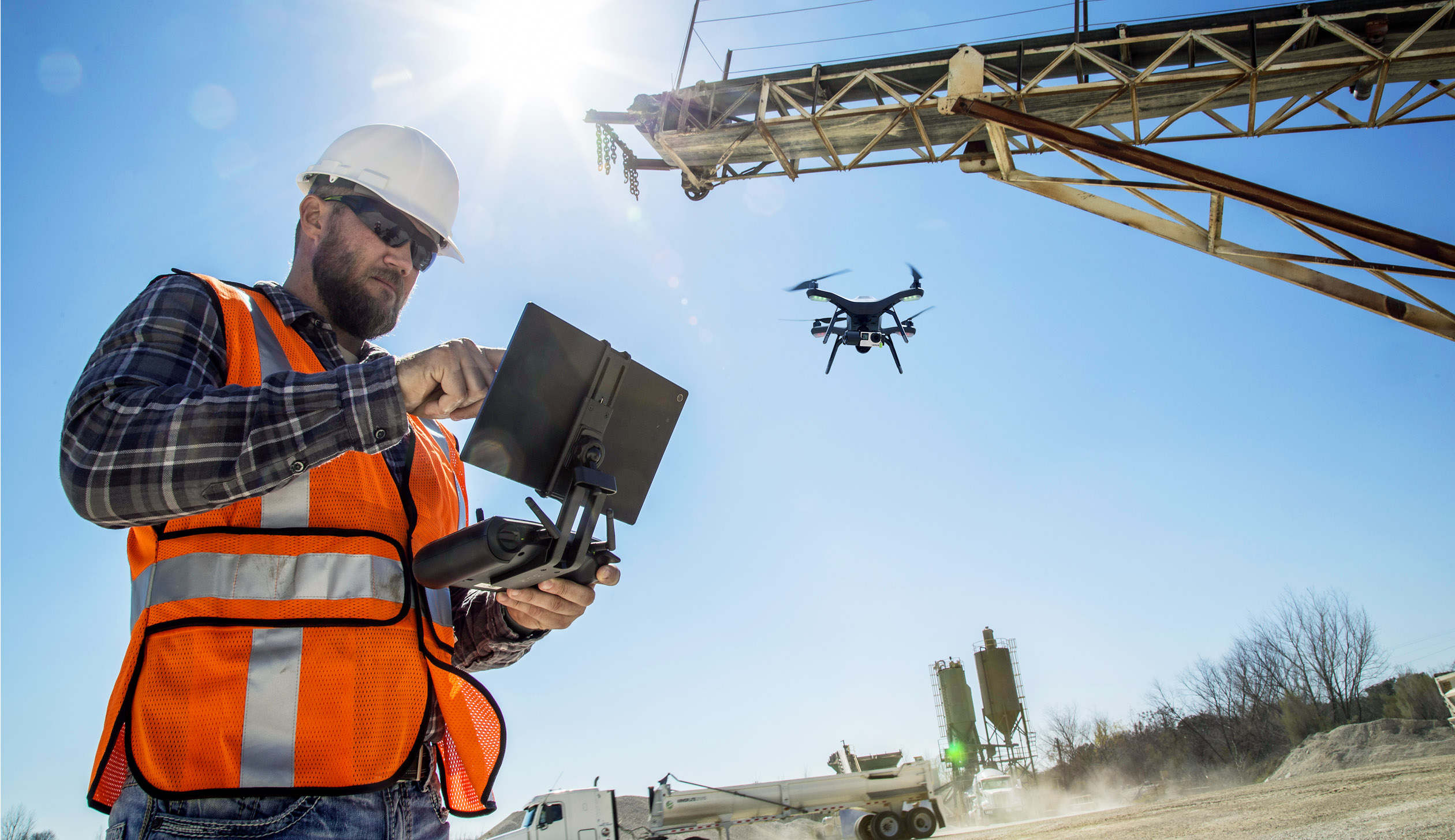Drones, the perfect tool for facility inspections
The use of this new methodology will provide new information usefull for both facility managers and stakeholders

In AkitaBox is usually to combine the building management software with PrecisionHawk drone technology to create a kind of smart package to solve the human problem to evaluate both internal and external building. This solution generates a 3D point cloud, 2D orthographic views, and 3D mesh data models needed for the analysis in a long-term planning.
.jpg)
The more information the drones scan, the more information they offer to the companies, that can use it to improve their current workflow. The idea is to work towards a new system way ahead from the legacy systems that aren't adaptive. But working in the air can also, not only provide a vision of the external face of the building but also the work of the heavy equipment, temporary structures and the rest of the assets, to make sure they fit the regulatory requirements. These flights are very useful to analyze the conditions of the place, identify possible problems, and improve the logistic map in a more realistic time.
The main aim of using drones is not new. It has been previously used to analyze solar farms, to regulate gas pipelines, gather site information for the construction, as well as bridge inspections. The use of drones also provides unique information for BIM models and records. A long list of standards from ASTM International's E3036 Guide for Notating Façade Conditions in the Field is used to outline what is necessary when documenting conditions of the buildings.
You can read how AECO sectors are adopting drones here.Drones need guidelines too
The symbols and standards are located on the top of the new standards in an exterior building inspection and can be found on the E3036 Guide for Notating Façade Conditions in the Filed created by the ASTM International.
This document aims to locate deficient conditions in existing buildings. By using a standardized shorthand notation system, most of the building facilities can be tracked on drawings, photos or virtual models of the façades. With this new process, we can optimize BIM records by keeping a documentation for existing buildings. That will be very useful for assets with load-bearing exteriors, that typically require more inspections.

These new technologies will push the owners to maintain an updated database to check if the conditions of the works have improved or not. With this new information, we will save time by not translating between systems from different firms.
Source: http://www.engineering.com/BIM/ArticleID/15188/Automating-Facility-Inspection-with-Drones.aspx












